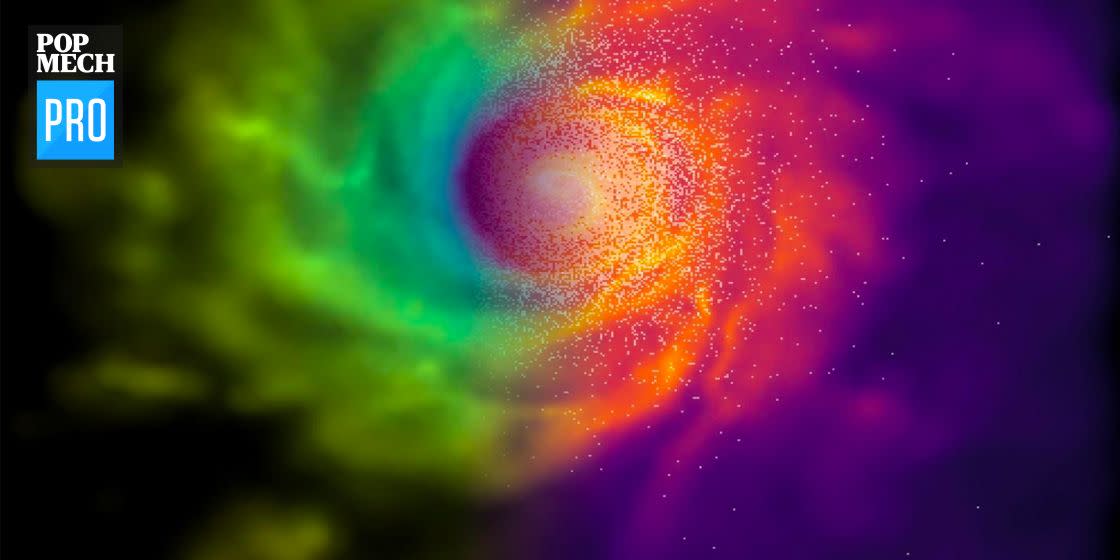Scientists Challenge Einstein with Chameleon Theory

Few things are more constant than gravity. From all the items on a bookshelf or desk to massive planets like Jupiter and Saturn, everything obeys gravity in the same way. But physicists at Durham University in the U.K. are now saying that might not be the case.
The scientists are studying an alternative to the standard theories of gravity they've dubbed the Chameleon Theory, which, they say in a press statement, “changes behavior according to the environment.”
Traditionally, both gravity and the formation of galaxies are explained through Einstein's theory of General Relativity. Einstein believed that gravity was a geometric property of both space and time, or spacetime. It's meant to explain how large bodies in space operate, like understanding Jupiter's orbit around the sun, and Europa's orbit around Jupiter. The complex theory was proven to definitively operate at a galactic level in 2018, thanks to observations from the ESO’s Very Large Telescope.
Running simulations with Durham's DiRAC Data Centric System, however, the physicists say that there's more than one way a galaxy could form.
"Chameleon Theory allows for the laws of gravity to be modified so we can test the effect of changes in gravity on galaxy formation," says co-lead author Christian Arnold, of Durham's Institute for Computational Cosmology, in the press statement. "Through our simulations we have shown for the first time that even if you change gravity, it would not prevent disc galaxies with spiral arms from forming."
While Arnold and his team's research doesn't prove General Relativity wrong, "it does show that it does not have to be the only way to explain gravity's role in the evolution of the universe," he says.
Also known as f(R) gravity, the complex theory modifies Einstein's. Black holes, like the one seen in a photograph earlier this year, were a crucial part of his theory. Surrounding black holes are massive discs that generate tremendous amounts of heat—so much heat, in fact, that what is sent out into the universe can alter gravity in the surrounding regions.
"In General Relativity, scientists account for the accelerated expansion of the universe by introducing a mysterious form of matter called dark energy—the simplest form of which may be a cosmological constant, whose density is a constant in space and time," says Baojiu Li, also of Durham Institute for Computational Cosmology.
"However," he continues, "alternatives to a cosmological constant which explain the accelerated expansion by modifying the law of gravity, like f(R) gravity, are also widely considered given how little is known about dark energy."
It's all very theoretical right now, but Arnold and Li hope that they'll be able to continue to investigate their simulations in 2020. That's when the Square Kilometer Array (SKA), which will be the world's largest radio telescope, will open its doors in South Africa. At the top of the SKA's list of priorities is "Challenging Einstein."
You Might Also Like

